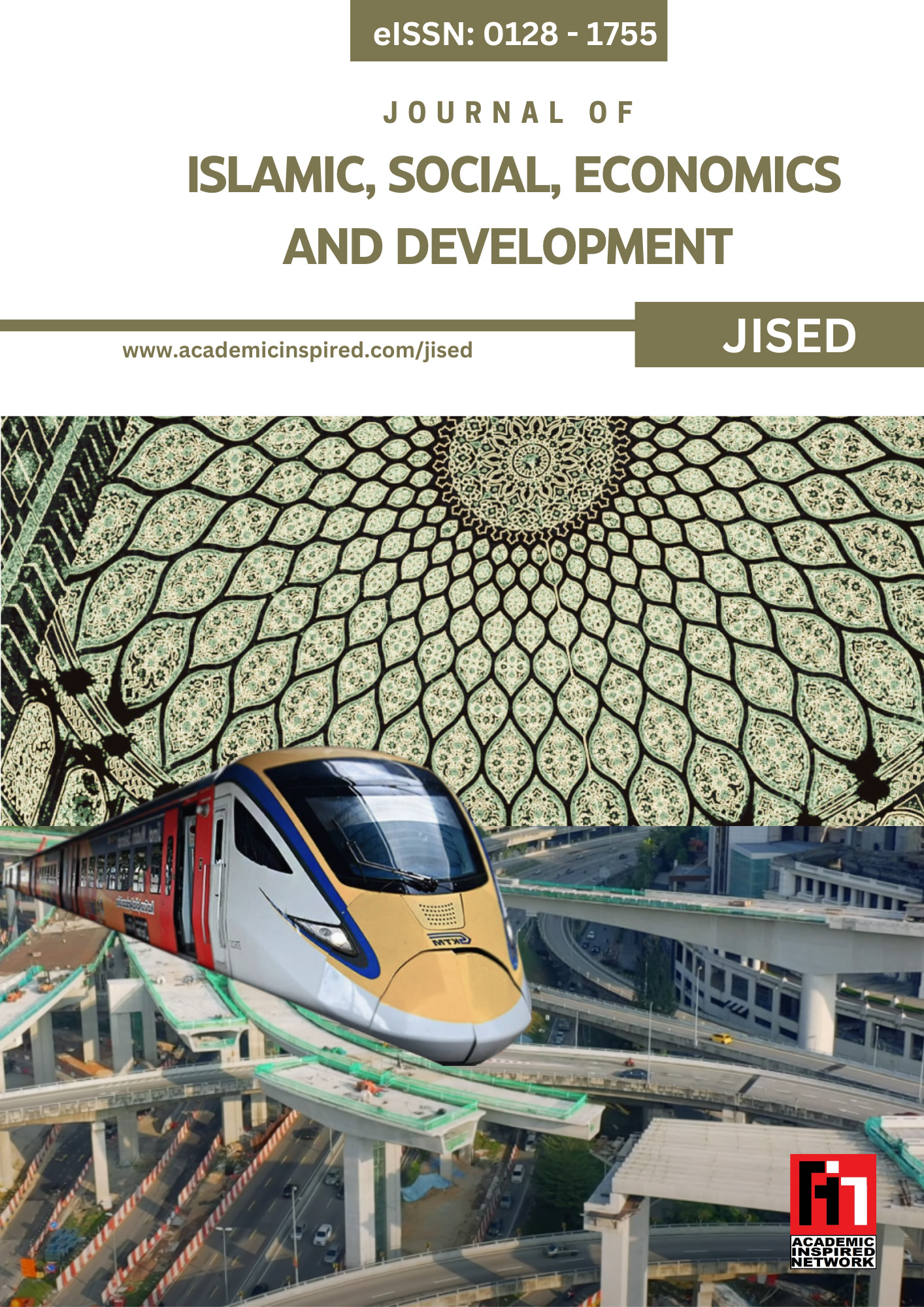The evolution of culture: The transformation of Chinese culture symbols (Take 1979's "Nezha conquers the dragon king" and 2019's "Nezha: Birth of the demon child" as examples).
Keywords:
Ne Zha, Evolution of Cultural Symbols, Animated Films, Intergenerational Value TransformationAbstract
Animation, as an important carrier of cultural communication, can effectively present the evolution of cultural symbols. This paper takes Ne Zha Conquers the Dragon King in 1979 and Ne Zha: Birth of the Demon Child in 2019 as the research objects, and comprehensively applies methods such as textual analysis, comparative study, audience reception research, and historical and cultural contextualization to deeply analyze the evolution of Chinese cultural symbols. The study finds that there are significant differences between the two films in terms of character images, story themes, cultural connotations, etc. These differences reflect the influence of the transformation of values triggered by changes in the level of survival security during the social development process on cultural creation. This study provides inspiration and reference for contemporary cultural creation.













